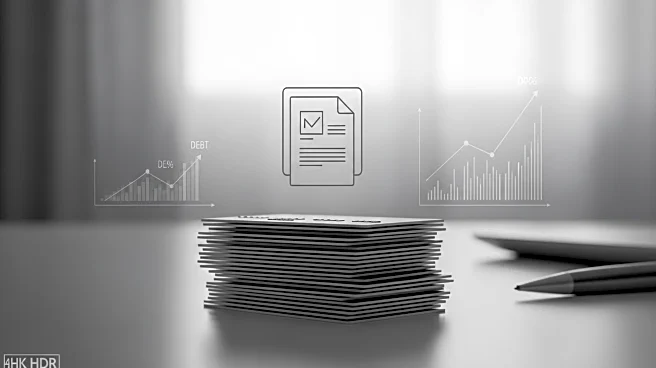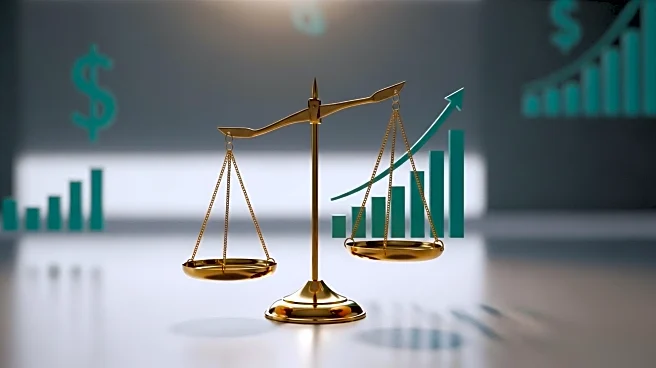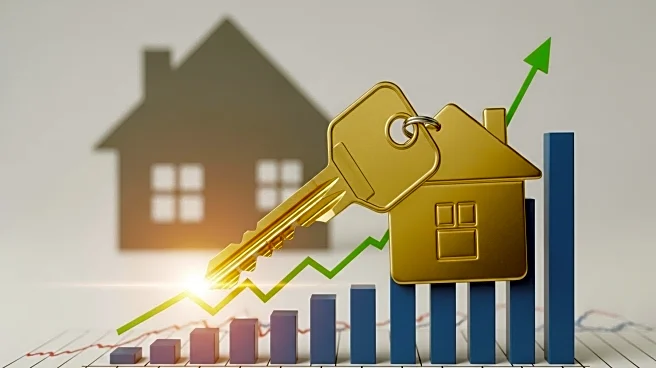What's Happening?
Credit card debt in the United States has reached a record high, with balances climbing to $1.21 trillion in the second quarter of 2025. This marks a 5.87% increase from the previous year, according to the Federal Reserve Bank of New York. The rising debt levels are compounded by high interest rates, often around 20%, which make it challenging for consumers to manage their financial obligations. In response to this growing issue, Life Kit has launched a month-long newsletter series aimed at helping individuals create effective credit card payment plans. The series offers expert strategies to save money and reduce debt, addressing the financial strain many Americans are experiencing due to increased living costs, inflation, and slowing job growth.
Why It's Important?
The surge in credit card debt is a significant concern for U.S. consumers, as it reflects broader economic challenges such as inflation and stagnant wage growth. High debt levels can lead to financial instability for individuals, affecting their ability to make essential purchases and save for the future. The situation also poses risks to the overall economy, as consumer spending is a critical driver of economic growth. By providing resources and strategies to manage debt, initiatives like Life Kit's newsletter series can empower consumers to regain control over their finances, potentially reducing the risk of defaults and improving economic resilience.
What's Next?
As credit card debt continues to rise, financial educators and policymakers may need to explore additional measures to support consumers. This could include advocating for lower interest rates, promoting financial literacy programs, or implementing policies that address the root causes of debt accumulation, such as income inequality and high living costs. Stakeholders, including banks and credit card companies, may also face pressure to offer more favorable terms to help consumers manage their debt effectively. The ongoing dialogue around these issues will likely shape future economic policies and consumer protection initiatives.
Beyond the Headlines
The record high credit card debt highlights deeper societal issues, such as the need for improved financial education and access to resources that help individuals make informed financial decisions. It also underscores the importance of addressing systemic economic challenges, including wage stagnation and the rising cost of living. Long-term solutions may require a collaborative effort between government agencies, financial institutions, and community organizations to create a more equitable economic environment that supports sustainable consumer spending and financial health.










